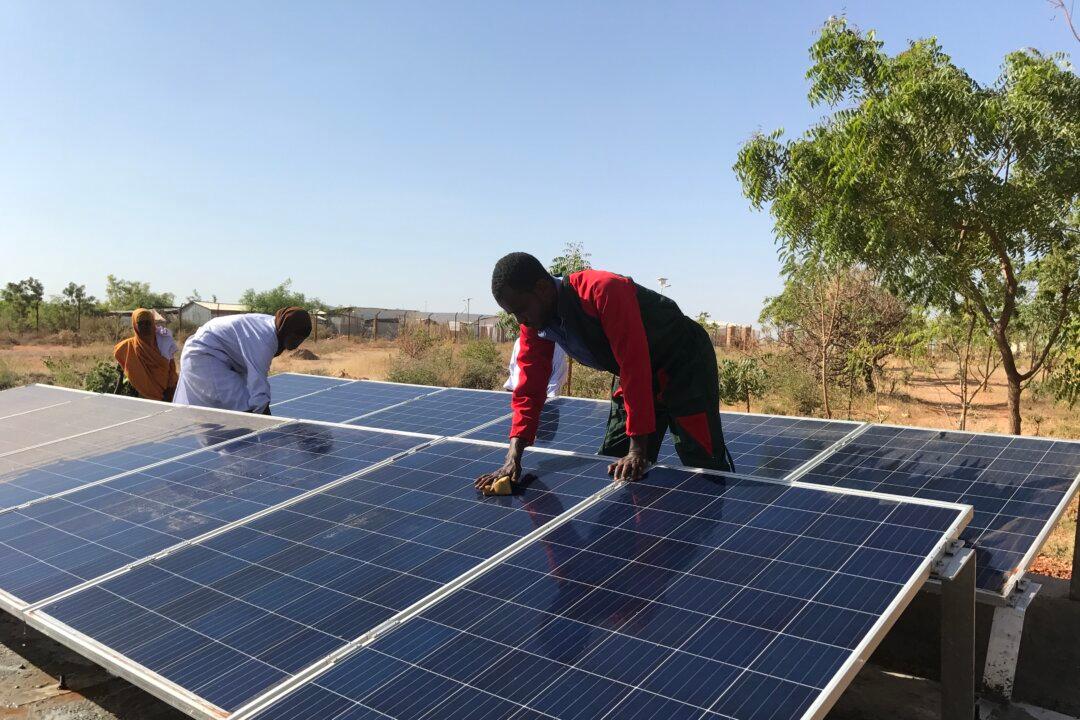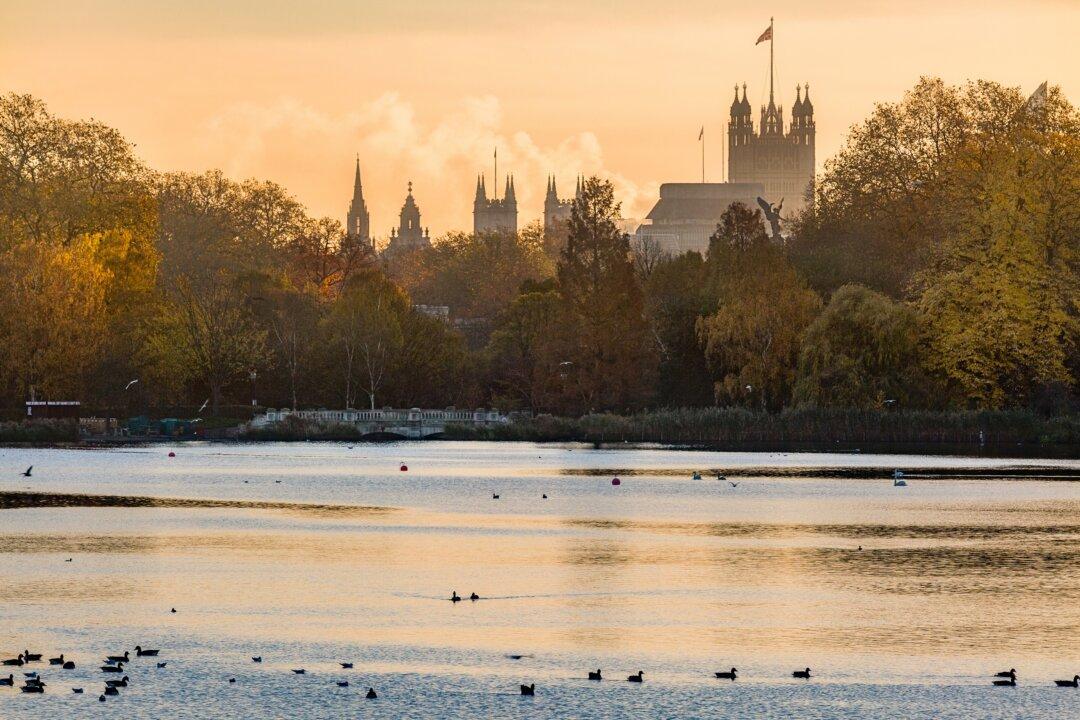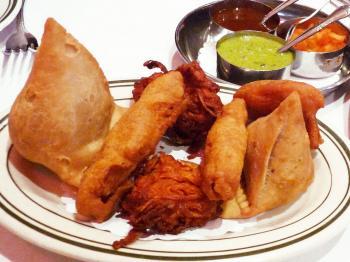MELKADIDA, Ethiopia—In a remote corner of Ethiopia cluster five refugee camps, filled with Somalis who over the last 10 years have been driven from across the border by extremist Islamic violence and several years of punishing drought. Now, Ethiopia, with the help of U.N. agencies, NGOs, and private corporations is looking to turn these refugees into citizens, to help them become self-reliant, rather than dependent, and to transform their camps into cities—sustainable cities.
It is a bold plan, finding a permanent solution for those marooned in transient camps. My husband and I have had a front row seat as this effort gets off the ground, as work is being done to bring power to the camps and a newly burgeoning agriculture to this semi-desert.



